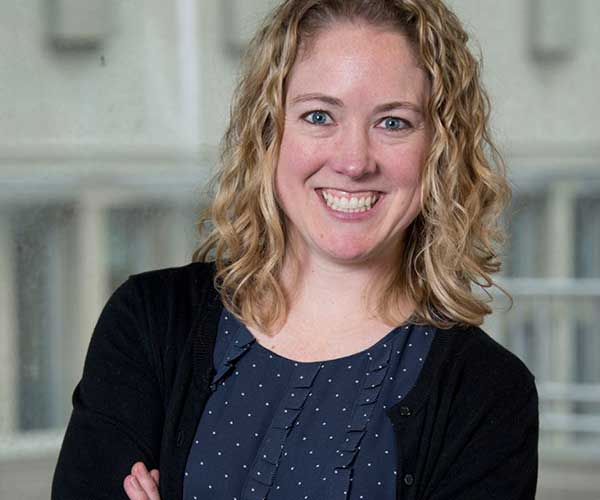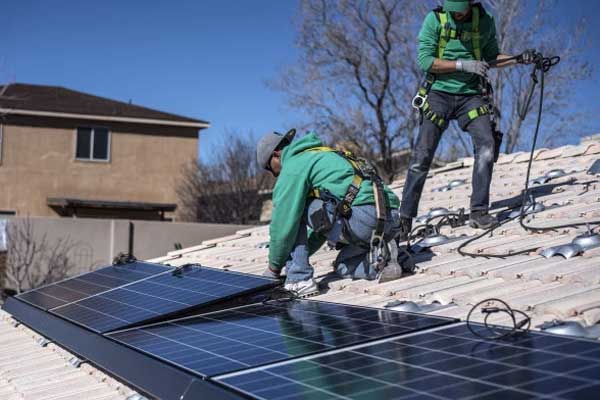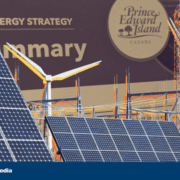Researchers at Indiana University have developed a new method for identifying communities that may be negatively affected by clean energy policies designed to hasten the move from fossil fuels to more environmentally friendly solutions.
Renewable and sustainable sources can lead to reduced greenhouse gas emissions, cleaner air, and opportunities for economic growth.
The change from fossil fuel to new energy is not always easy to make, however and does not impact all communities — or individuals — equally.
Carley and her colleagues set out to find a way to determine which populations in which areas of the country are at the highest risk for negative consequences from environmentally beneficial policies. By adapting a tool known as the Vulnerability Scoping Diagram, or VSD, they were able to identify the geographic areas and individuals that can be defined as being vulnerable.
Pinpointing the populations at the highest risk for negative socioeconomic consequences will allow them to be targeted for programs and assistance to help limit or eliminate those unintended effects, the researchers say.















Comments